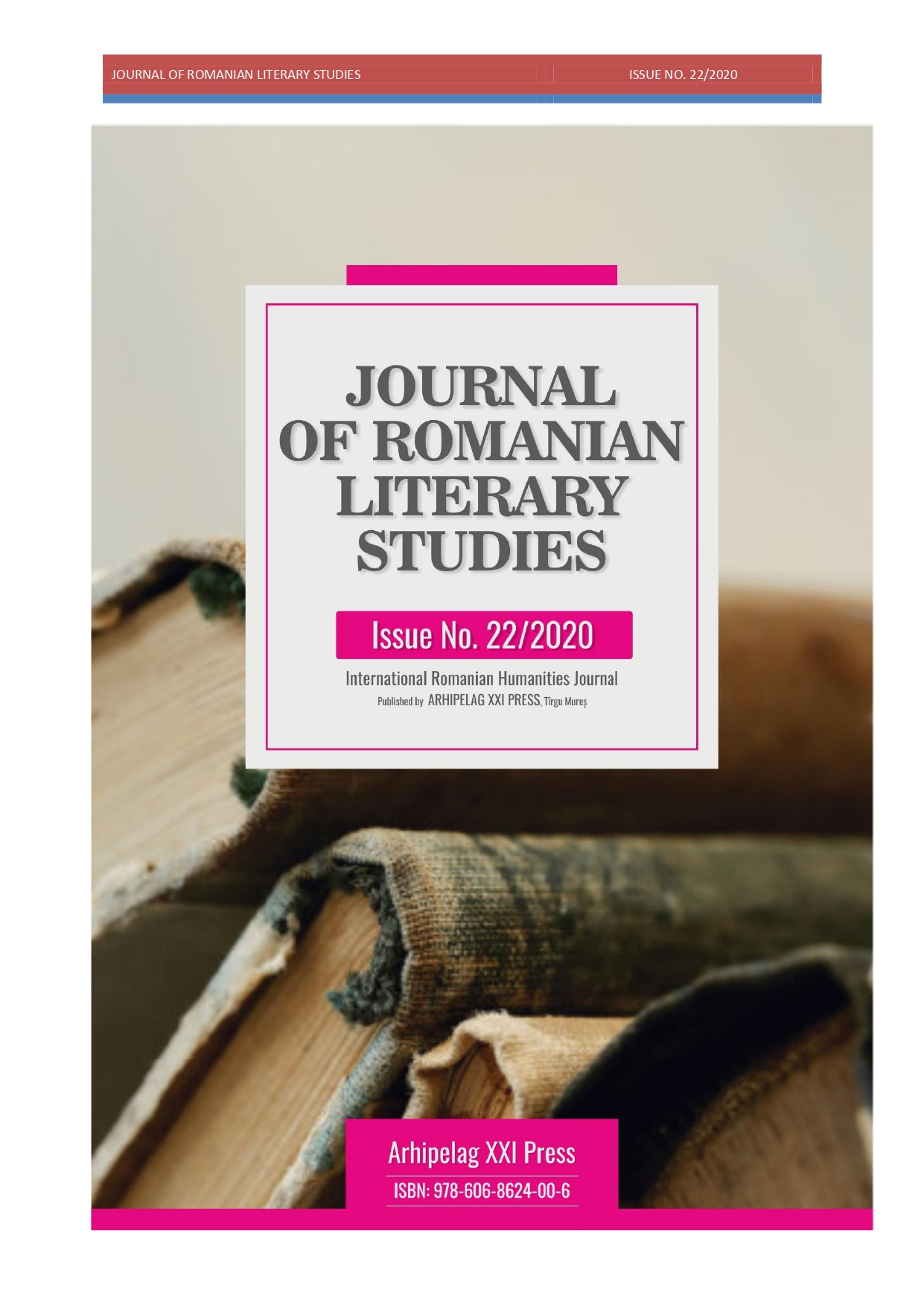ALEXANDRU IOAN CUZA AND THE ROMANIAN ORTHODOX CHURCH
ALEXANDRU IOAN CUZA AND THE ROMANIAN ORTHODOX CHURCH
Author(s): Claudiu CotanSubject(s): Cultural history, History of Church(es), Diplomatic history, 19th Century, Eastern Orthodoxy
Published by: Editura Arhipelag XXI
Keywords: monasteries; greek clergy; Holy Places; law; administration; romanian clergy;
Summary/Abstract: Full of faith and love for the Christian Orient, the Romanian ruling princes dedicated tens of monasteries and sketes to the Holy Places and to the Orthodox Patriarchates of the East, which they endowed with large estates and villages of peasants which brought much income to the Orthodox of the Ottoman Empire throughout the centuries. Used only as source of income, the monasteries dedicated, sometimes wrongly administrated, fell to ruin, without bringing anything useful to the Orthodox Romanians. Little by little, the issue of these monasteries came to be discussed in the international conventions after the Phanar’s regime was removed. The Metropolitanates of Bucharest and Iasi could not take them over because Russia and Turkey opposed, as they considered the issue of these monasteries a political aspect. The state of things changed after the union of the Romanian Principalities and the reign of Al. I. Cuza. The monasteries dedicated deprived the budget of the country of substantial income, and their existence affected the idea of national unity, large estates having been the property of church entities from abroad, where the majority of their income was sent. The law of the secularisation of the monasteries’ estates that Kogalniceanu Government adopted in December 1863 was one of the major political measures taken during the reign of Al. I. Cuza, together with the appropriateness of the peasants directly related to it.
Journal: Journal of Romanian Literary Studies
- Issue Year: 2020
- Issue No: 22
- Page Range: 99-107
- Page Count: 9
- Language: Romanian

